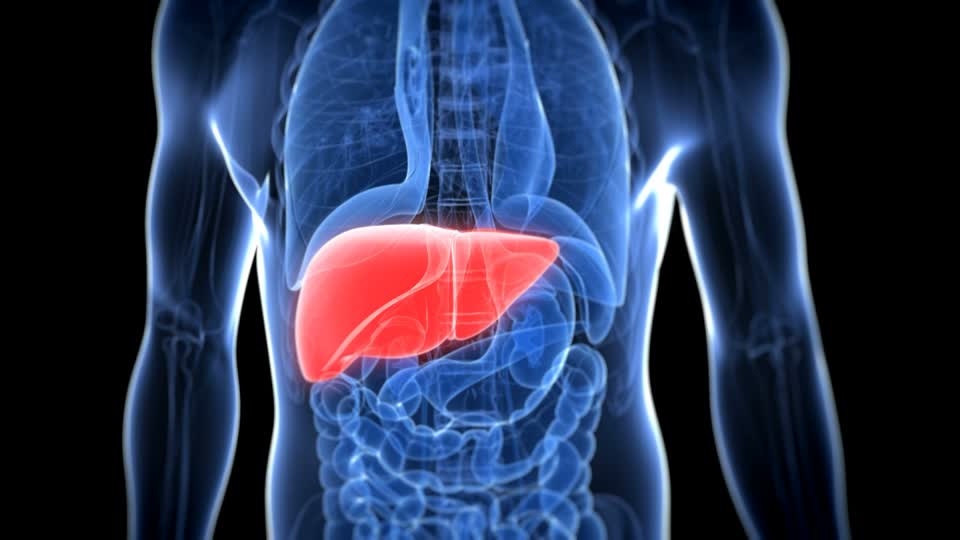
Abnormal liver function test
A simple blood test called a liver function test (LFT) can assess the health of one's liver. In Singapore, a liver function test is often part of a health screening panel. It includes the following parameters:
- Albumin
- Globulin
- Bilirubin
- Alanine aminotransferase (ALT or SGPT)
- Aspartate aminotransferase (AST or SGOT)
- Alkaline phosphatase (ALP)
- Gamma-glutamyl transferase (GGT)
The interpretation of an abnormal liver function test can be confusing, because the problem may lie within the liver or another organ in the body.
A Gastroenterologist is the specialist who manages this problem. Individuals with an abnormal LFT are usually free of symptoms, as liver diseases tend to be silent in its early stages.
Understanding the liver function test – a simplified explanation
Albumin and globulin are proteins produced by the liver. In the presence of liver disease, albumin and globulin levels may decrease. The immune system also produces globulin. Hence, it can be elevated if there is a problem with the cells of the immune system.
Bilirubin is a pigment, which is produced when red blood cells are broken down in the body. Bilirubin is processed in the liver and excreted into the digestive tract as bile. Bilirubin is elevated if there is a liver problem, a problem with red blood cells or a problem with the excretion of bile. When this happens, an individual will be jaundiced.
ALT, AST and ALP are enzymes, which reside within liver cells (hepatocytes). When liver cells are damaged, the level of these enzymes will be abnormally high.
GGT is another liver enzyme, which is elevated when there is inflammation. It is important to note that these proteins are also present in other organs. Hence, an abnormal LFT is not always indicative of a liver problem. Instead, it signifies an abnormality that should be thoroughly evaluated.
There are two other liver tests, which are not part of the LFT. These are the prothrombin time (PT) and international normalised ratio (INR). When the liver is damaged, the PT and INR values can be elevated.
How is an abnormal liver function test evaluated?
A Gastroenterologist conducts a detailed medical interview, followed by a physical examination. The patient is queried on risk factors such as the consumption of alcohol, drugs and traditional medicine. Next, the individual is screened for liver diseases such as viral hepatitis A, B and C through a blood test. An ultrasound scan of the liver is ordered as part of the work-up.




